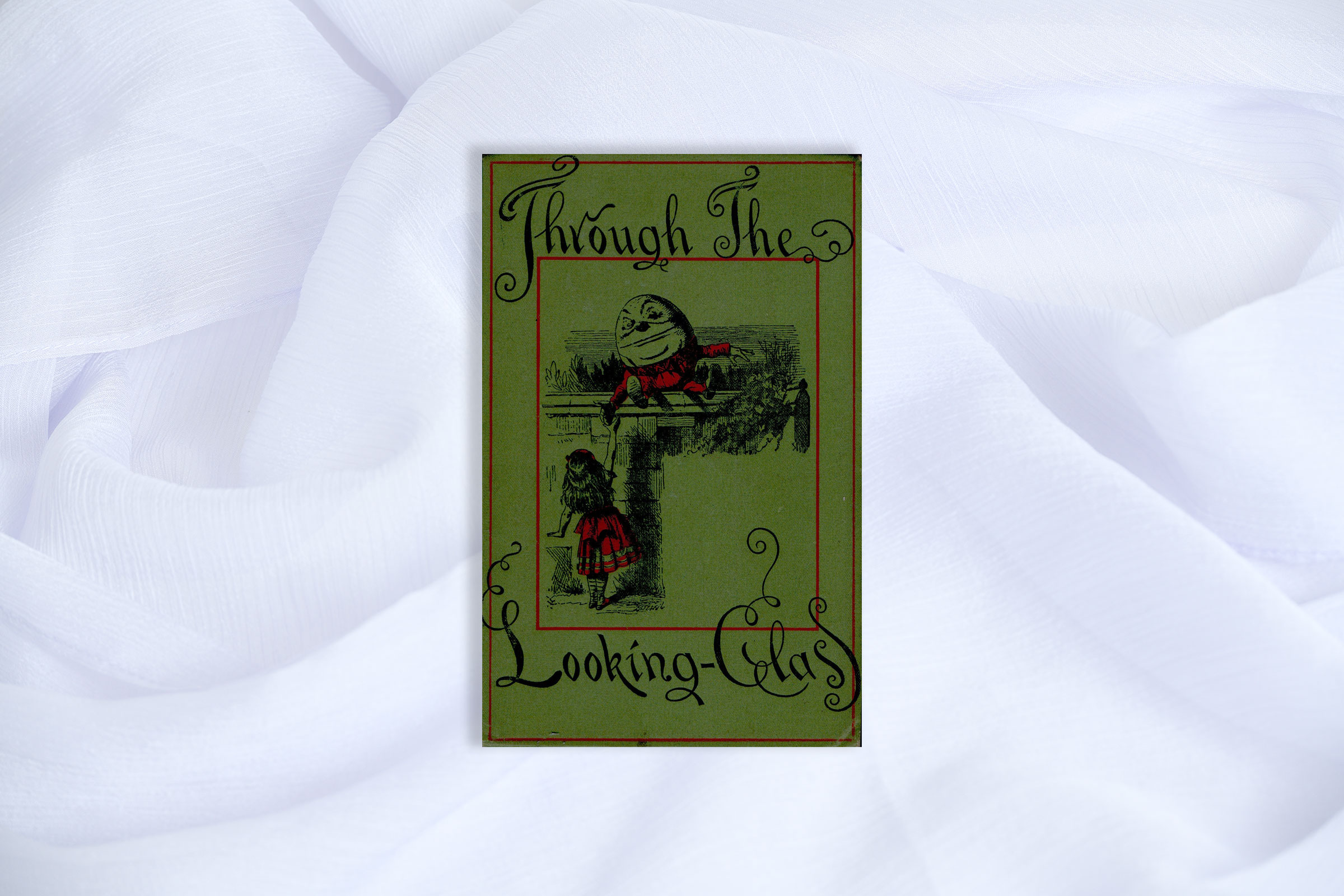Decades of adaptation and consolidation have jumbled Lewis Carroll’s two Alice books in our collective memory, with Alice’s Adventures in Wonderland largely subsuming its 1871 sequel, Through the Looking-Glass. But it was Looking-Glass that introduced indelible English nursery-rhyme characters like Humpty-Dumpty and the quarrelsome twins Tweedledee and Tweedledum into Alice’s world. You can find “Jabberwocky” and “The Walrus and the Carpenter,” two of Carroll’s best-loved poems, within its pages. And though it revisits its protagonist just six months after Wonderland, the sequel is substantially more sophisticated than its predecessor, using chess as a central metaphor to trace Alice’s ascent from pawn to queen. Readers who missed out on the second half of Alice’s adventures as kids might be surprised to discover as adults how much offbeat insight they offer into the chessboard-like machinations of life. —Judy Berman
Buy Now: Through the Looking-Glass on Bookshop | Amazon
- How Donald Trump Won
- The Best Inventions of 2024
- Why Sleep Is the Key to Living Longer
- Robert Zemeckis Just Wants to Move You
- How to Break 8 Toxic Communication Habits
- Nicola Coughlan Bet on Herself—And Won
- Why Vinegar Is So Good for You
- Meet TIME's Newest Class of Next Generation Leaders
